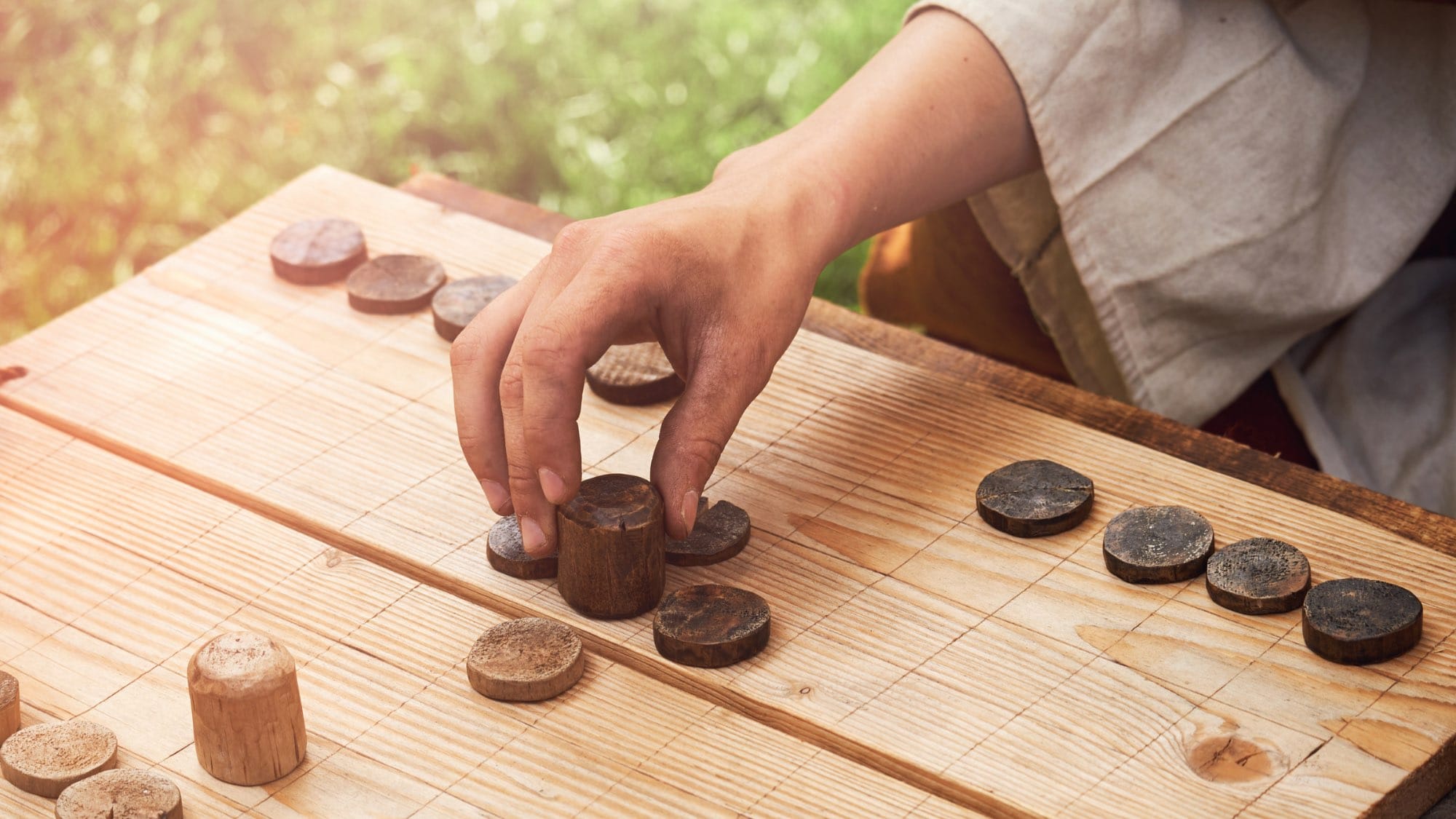The Origins of Games of Chance in Ancient Civilizations
We trace the fascinating journey of luck-based gaming back to the earliest human civilizations, where games of chance emerged as fundamental expressions of humanity’s relationship with fate and fortune. This enduring fascination, from casting knucklebones in ancient markets to spinning the digital reels of a modern title like Pirots 4, demonstrates a universal human attraction to randomness and risk. Archaeological evidence reveals that ancient societies across multiple continents independently developed various forms of gambling, demonstrating this universal human fascination.
The earliest known gaming artifacts date back to approximately 3000 BCE in Mesopotamia, where six-sided dice crafted from animal bones have been discovered in archaeological excavations. These primitive dice served dual purposes as both entertainment devices and tools for divination, blurring the lines between recreation and religious practice. Ancient Egyptians similarly embraced games of chance, with tomb paintings depicting scenes of gambling activities and board games that combined elements of strategy with random outcomes.
In ancient China, we observe the development of sophisticated gaming practices that would eventually influence modern gambling culture. The Chinese invented lottery-style games as early as 200 BCE, utilizing keno-like systems that helped fund major state projects, including portions of the Great Wall of China. These early lotteries represented one of humanity’s first attempts to harness games of chance for public benefit, establishing a precedent that continues in modern state-run lottery systems.
Roman Gaming Culture and the Spread of Gambling

The Roman Empire played a pivotal role in popularizing and legitimizing gambling activities throughout the ancient world. Roman citizens from all social classes participated enthusiastically in various forms of wagering, from dice games to betting on gladiatorial contests and chariot races. The Romans refined dice-making techniques, creating standardized gaming pieces that bear remarkable similarity to modern dice in terms of proportions and pip arrangements.
We observe that Roman law maintained a complex relationship with gambling, officially prohibiting most forms of betting while simultaneously tolerating widespread gambling during festivals, particularly the Saturnalia celebrations. This dichotomy between legal restriction and social acceptance established patterns that would persist throughout Western civilization for centuries. Roman soldiers particularly embraced dice games, spreading gaming practices throughout the empire’s vast territories and contributing to the dissemination of gambling culture across Europe and the Mediterranean region.
The Roman period also witnessed the development of the first recognizable casino-like establishments, where citizens gathered specifically for gaming purposes. These venues, though primitive by modern standards, represented early attempts to create dedicated spaces for gambling activities, foreshadowing the elaborate casinos that would emerge millennia later.
Medieval and Renaissance Gambling Evolution
During the medieval period, we witness the transformation of gambling from informal activities into more structured and regulated practices. Playing cards emerged in Europe during the 14th century, most likely introduced through trade routes connecting the continent with the Islamic world and Asia. These cards revolutionized gaming by providing a portable, versatile medium for countless game variations, many involving wagering and chance.
The Renaissance period marked a critical juncture in gambling history, as mathematical minds began analyzing games of chance through the lens of probability theory. Italian mathematician Gerolamo Cardano authored the first systematic treatment of probability in his work “Liber de Ludo Aleae” (Book on Games of Chance), written around 1564. This mathematical approach to gaming represented humanity’s first serious attempt to understand and quantify luck, transforming gambling from purely superstitious activity into a subject worthy of intellectual inquiry.
We note that gambling houses proliferated throughout Renaissance Europe, with Venice establishing the Ridotto in 1638, recognized as the world’s first government-sanctioned gambling establishment. This landmark institution operated during carnival season, providing controlled environments where nobility and common citizens alike could engage in various games of chance under official supervision.
The Birth of Modern Casino Gaming
The 17th and 18th centuries witnessed the crystallization of modern casino culture, particularly in European spa towns and resort communities. Monte Carlo emerged as the quintessential gambling destination, with the opening of its famous casino in 1863 transforming the principality into an international symbol of luxury gaming. The European casino model emphasized elegance, exclusivity, and sophisticated gaming experiences that catered to aristocratic clientele.
Across the Atlantic, we observe parallel developments as gambling became intertwined with American frontier culture. Riverboat casinos along the Mississippi River and gambling halls in frontier towns created distinctly American gaming traditions that emphasized accessibility and democratic participation. Poker evolved during this period as America’s signature contribution to gambling culture, with the game developing its modern form during the 19th century.
The mechanization of gambling began in earnest during the late 19th century with the invention of the first slot machines. Charles Fey’s Liberty Bell machine, developed in San Francisco around 1895, established the basic template for mechanical slot machines that would dominate casino floors for the next century. These automatic gaming devices democratized gambling by eliminating the need for dealers or complex rules, allowing players to engage with games of pure chance through simple mechanical interactions.
The Las Vegas Revolution and Casino Modernization
We recognize the mid-20th century as a transformative period in gambling history, with Las Vegas emerging as the global epicenter of casino gaming. The Nevada city’s legalization of gambling in 1931, combined with post-war economic prosperity, created ideal conditions for unprecedented casino development. Legendary establishments like the Flamingo, the Sands, and Caesars Palace redefined gambling entertainment by integrating casino gaming with world-class entertainment, dining, and hospitality experiences.
The Las Vegas model revolutionized casino design and operations, introducing concepts like comp systems, loyalty programs, and integrated resort complexes that maximized player engagement and spending. Casino operators employed increasingly sophisticated psychological techniques to create environments that encouraged extended play, from the strategic absence of clocks and windows to carefully calibrated lighting and soundscapes.
Slot machines underwent dramatic evolution during this period, transitioning from simple mechanical devices to electromechanical systems and eventually fully electronic machines. Video slot technology emerged in the 1970s, vastly expanding the creative possibilities for game design and introducing features like bonus rounds, multiple paylines, and progressive jackpots that heightened player excitement and engagement.
The Digital Revolution and Online Gaming
The advent of the internet fundamentally transformed gambling, creating entirely new paradigms for accessing and experiencing games of chance. The first online casinos appeared in the mid-1990s, offering digital versions of traditional casino games accessible from personal computers worldwide. This technological shift eliminated geographical barriers to gambling participation, enabling players to access casino games regardless of proximity to physical gaming establishments.
We observe that online gambling platforms rapidly evolved in sophistication, incorporating advanced graphics, sound design, and gameplay mechanics that rivaled and eventually surpassed the experience of physical slot machines. Random number generator technology ensured fair play in digital environments, replicating the randomness of mechanical and physical gaming systems while providing unprecedented transparency through auditing and certification processes.
The proliferation of smartphones and mobile technology accelerated online gambling’s growth, with mobile gaming apps bringing casino experiences directly to users’ pockets. This mobile gaming revolution fundamentally altered player behavior patterns, transforming gambling from destination-based activity requiring travel to casinos into convenient entertainment accessible anytime and anywhere.
Contemporary Digital Slots and Gaming Innovation
Modern digital slot games represent the culmination of centuries of gambling evolution, combining historical gaming concepts with cutting-edge technology and design sensibilities. Contemporary online slots feature cinematic graphics, elaborate storylines, licensed intellectual properties, and innovative mechanics that would be impossible to implement in physical machines.
We witness ongoing innovation in areas like gamification, where slot games incorporate progression systems, achievement mechanics, and social features borrowed from video game design. These elements create more engaging experiences that appeal to younger demographics while maintaining the fundamental chance-based gameplay that defines slot gaming.
Emerging technologies continue pushing gambling innovation forward, with virtual reality and augmented reality applications beginning to appear in online casino offerings. These immersive technologies promise to bridge the gap between online convenience and the social, atmospheric qualities of physical casino gaming, potentially representing the next major evolution in gambling entertainment.
The Future of Luck-Based Gaming
As we look toward gambling’s future, we anticipate continued technological integration and innovation. Blockchain technology and cryptocurrencies are already influencing online gambling through provably fair gaming systems and enhanced transaction privacy. Artificial intelligence applications may personalize gaming experiences while also providing sophisticated responsible gambling tools that help players maintain healthy relationships with gaming activities.
The fundamental human fascination with chance and risk that drove ancient civilizations to create dice from animal bones continues animating modern gambling culture. While technological sophistication has increased exponentially, the core psychological appeal of games of chance remains remarkably consistent across millennia. We recognize that gambling’s history reflects broader human stories about risk, reward, community, entertainment, and our eternal dance with fortune’s fickle nature.


